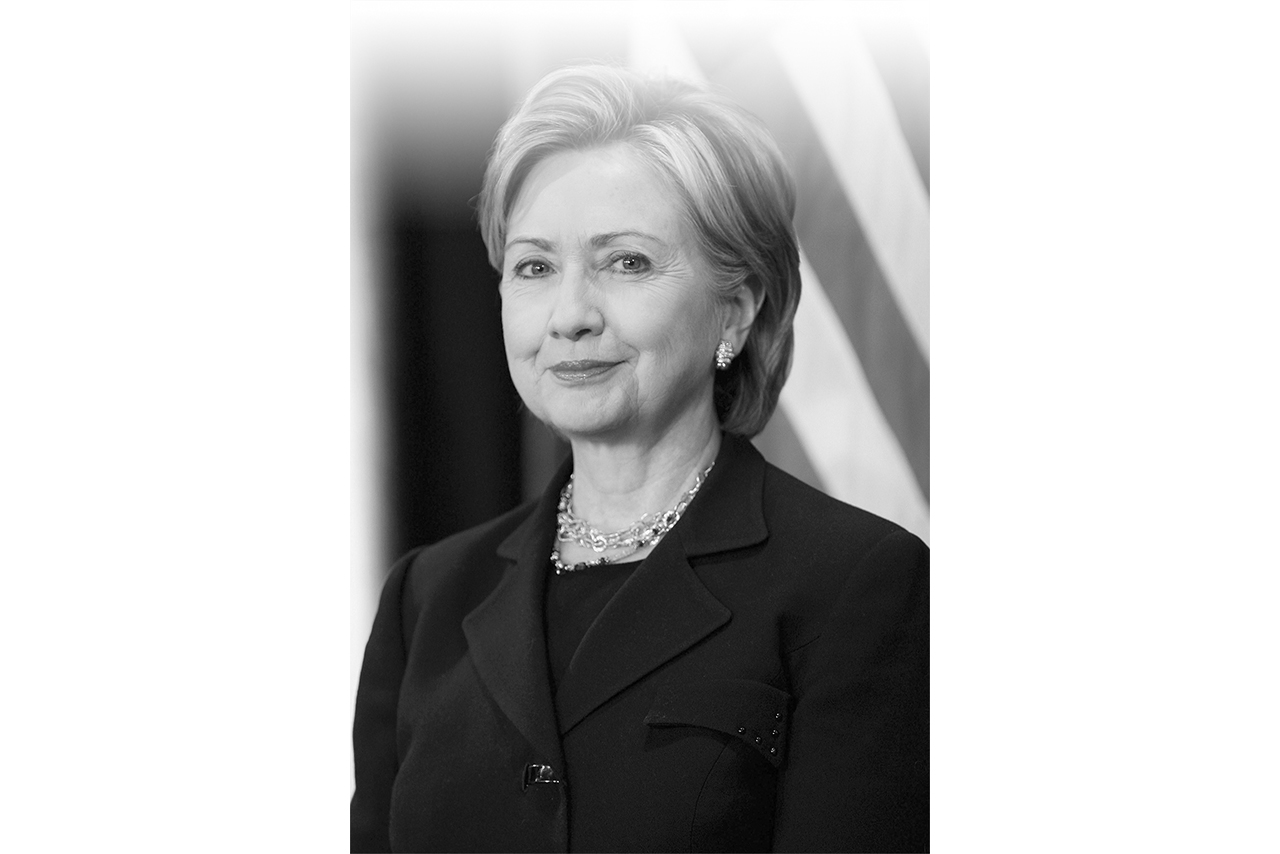Here’s the good news: 144 years after the first American woman ran for president, Hillary Clinton is her party’s nominee and could soon become our country’s first female commander-in-chief.
The bad news? It took 144 years for this to happen. (Well, 240 years technically.)
Clinton’s election would be loaded with significance, but one thing it wouldn’t mean is that men and women are suddenly on a level cultural playing field come November 9. Remember the pundits who spoke of a post-racial America when Barack Obama was elected? How did that turn out?
Appears InYet in the same way that Obama became a role model for this and future generations of children from minority groups, Clinton could do the same for young women, said Kyle Ciani, associate professor in Illinois State’s Department of History and a core faculty member for the women’s and gender studies program.
“It’s not going to solve everything, but that’s where the change comes in,” said Ciani, who teaches women’s history. “It says that anybody is able to sit in that Oval Office if you have the right credentials.”
Fourteen women have run for president—all unsuccessfully—gaining varying levels of traction, according to the Center for American Women and Politics (CAWP) at Rutgers University. Perhaps more visibly, two women—Sarah Palin (Republican, 2008) and Geraldine Ferraro (Democrat, 1984)—were the vice presidential nominees for their respective major political parties. None have been elected.
Even if Clinton is elected, the U.S. will still need more women involved in all levels of government, said Julie Webber-Collins, professor of Politics and Government and also a core faculty member in women’s and gender studies.
Indeed, women hold only 104 of 535 seats in Congress, just 19.4 percent, according to CAWP. Women do slightly better at state and local levels of government, though the American political system—which tends to re-elect incumbents over and over again—doesn’t make it any easier for a woman to break through, Webber-Collins said.
There are other barriers. There has historically been resistance to women in positions of authority, and not just in politics, Webber-Collins said. The U.S. is also the only developed nation in the world without a guaranteed paid leave of any kind, further perpetuating the notion that “women just care for children,” she said. (Clinton wants to guarantee up to 12 weeks of paid family and medical leave.)
“Clinton is a new kind of candidate, in that she’s been able to get the kind of political and financial backing that no other woman candidate has ever been able to get,” said Webber-Collins. “She’s just been here forever. She’s like the Energizer bunny. She keeps getting knocked down but gets up again.”
Here are three women whose political ambition paved the way for Clinton:
Victoria Woodhull
First woman to run for president (Equal Rights Party) in 1872, 48 years before the 19th Amendment provided for women’s voting rights at the federal level. While her candidacy was not a serious threat to incumbent Ulysses S. Grant, Woodhull was an influential advocate for women’s rights.
Margaret Chase Smith
First woman to have her name placed in nomination for president by a major party (Republican, 1964). Despite taking over her husband’s seat in Congress in 1940 due to his unexpected death, the Maine lawmaker carved her own legacy. She was the first woman to serve in both the House and the Senate.
Shirley Chisholm
The first African–American congresswoman was also the first African-American and the first woman to make a significant bid for president, in 1972 (Democrat). She was on the ballot in 12 primaries and received around 10 percent of the available delegates at the Democratic National Convention, according to her official congressional biography. She helped establish the National Women’s Political Caucus to elect more women and shape public policy.





